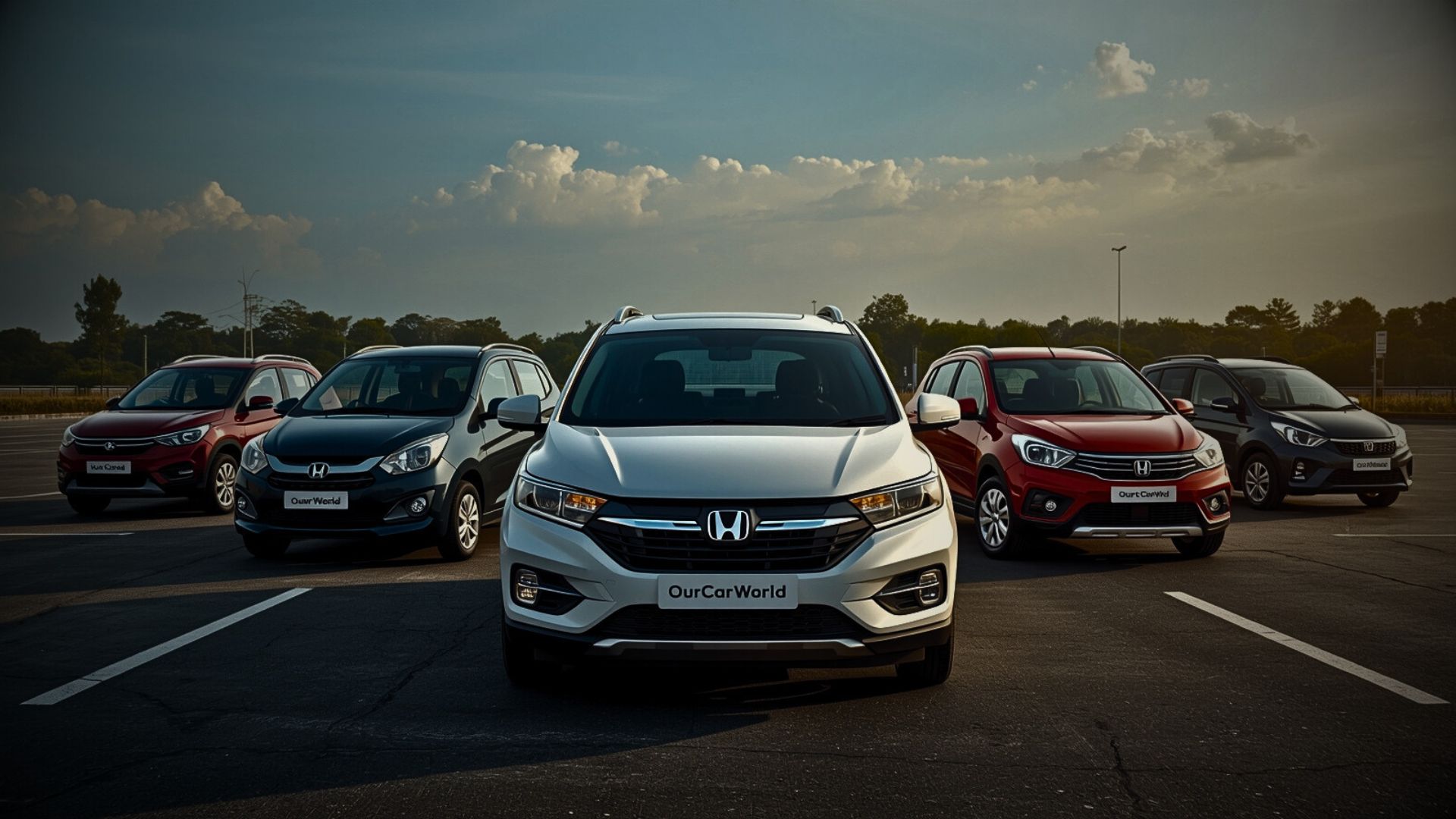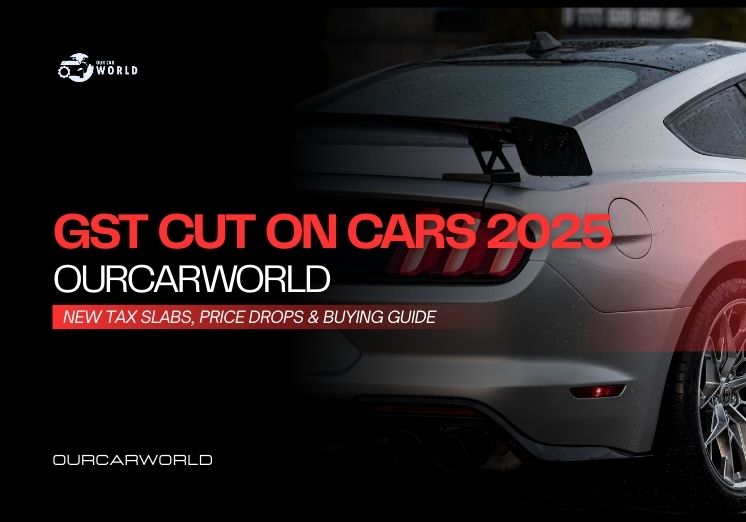Car Buying Guide 2025 (India) – Find the Right Car with Confidence
Buying a car in 2025 isn’t just about picking what looks good or fits your budget — it’s about making an informed decision based on your lifestyle, daily usage, fuel preferences, safety expectations, and long-term value. Whether you’re buying new or used, this guide will walk you through every critical step to help you choose the perfect car for Indian roads.
1. Choose the Right Body Type for Your Needs
Every buyer’s journey begins with one big question — what kind of car do you really need? Here’s a breakdown:
- Hatchbacks: Compact, affordable, and ideal for city use. Great fuel efficiency and easy to park. E.g., Maruti Swift, Tata Tiago.
- Sedans: More premium feel, spacious interiors, and better boot space. Great for highway use. E.g., Honda City, Hyundai Verna.
- SUVs: High ground clearance, strong road presence, and suitable for rough roads or large families. E.g., Hyundai Creta, Mahindra XUV700.
- MPVs: Designed for carrying more passengers — great for joint families. E.g., Maruti Ertiga, Toyota Innova.
- Crossovers: Blend of hatchback ease with SUV looks. Stylish and practical. E.g., Tata Punch, Nissan Magnite.
Tip: Match the car to your lifestyle. Long drives? Go sedan. Bad roads or family trips? SUV. Solo city commuter? Hatchback.
2. Understand Fuel Options
Here’s a quick fuel-type comparison tailored for Indian use:
| Fuel Type | Pros | Cons |
|---|---|---|
| Petrol | Cheaper to buy, smoother, ideal for city | Higher running cost, lower mileage |
| Diesel | Great torque & mileage on highways | Expensive to maintain, higher cost |
| CNG | Super cheap running, clean fuel | Limited availability, lower power |
| Hybrid | Efficient in city traffic, lower emissions | Expensive upfront, limited EV-only range |
| EV | Lowest running cost, no tailpipe emissions | Expensive, charging infra still growing |
If you do long distances, diesel or hybrid might pay off. For daily city use, petrol or CNG works well. For green tech and future-proofing, EVs like the Tata Nexon EV or Hyundai Ioniq 5 are solid options. Want to explore affordable hybrids and EVs? Check our guide on Fuel-Efficient SUVs in 2025.
3. Define Your Priorities – What Matters Most to You?
Before stepping into a dealership, be clear about these:
- Budget: Account for on-road price, insurance, RTO charges, and add-ons. Have a buffer for accessories and first-year expenses.
- Mileage: Crucial with rising fuel costs. Real-world figures matter more than showroom claims.
- Features: Must-haves like touchscreen, Android Auto, reverse camera, cruise control, etc. Avoid overpaying for gimmicks.
- Safety: Minimum must be dual airbags, ABS, and rear parking sensors. Go for 4-5 star Global NCAP ratings when possible.
- Maintenance: Know the average annual service costs. Skoda and Jeep may be costlier than Maruti or Hyundai.
- Resale Value: Popular brands and models retain value better. Avoid buying discontinued or niche models unless for passion.
4. New vs Used – What Should You Pick?
New Cars:
- Peace of mind with full warranty
- Latest features and tech
- Higher cost but no repair surprises
Used Cars:
- Lower price, slower depreciation
- Greater value for money
- Risk of hidden issues unless certified
If going used, always get a trusted inspection. Platforms like Spinny, Cars24 or certified programs from Maruti True Value or Toyota U-Trust offer peace of mind.
Looking to understand servicing better? Read: Complete Car Maintenance Checklist 2025
5. Essential Checks Before You Buy
For New Cars:
- Do a proper PDI (Pre-Delivery Inspection)
- Check VIN, paint finish, accessories, infotainment, lights, and spare tire
- Ensure warranty documents and manuals are provided
For Used Cars:
- Look for signs of repainting or crash repair
- Match VIN on RC and engine number
- Check tire wear, underbody rust, battery condition
- Scan all electronics — infotainment, A/C, lights, central locking
- Take a test drive on mixed roads
Want to dive deeper into inspection tips? Check out our dashboard warning guide to avoid surprises.
6. Paperwork You Must Verify
Especially when buying a used car:
- Original RC (Registration Certificate)
- Valid Insurance (and NOC if financed)
- PUC Certificate (Pollution Under Control)
- Service history records
- Loan clearance letter (if applicable)
- Form 29, 30 for ownership transfer
Bonus tip: Use the Parivahan portal to cross-check RC and chassis numbers.
7. The Test Drive – Don’t Skip It
During your test drive, pay attention to:
- Acceleration and engine noise
- Smooth clutch and gearshift (manual)
- Braking performance (no squeals or drift)
- Suspension comfort on bad roads
- Steering alignment and visibility
- In-cabin rattles or odd smells
Test all infotainment functions, AC modes, seat adjustments, and lights. If anything feels off — walk away or ask for clarification.
8. Negotiating the Price – Yes, You Can!
Even in 2025, negotiation is very much alive. Here’s how:
- Check online prices before visiting dealers (use OBV or Spinny as reference)
- Ask for final on-road price, not just ex-showroom
- Negotiate accessories — free mats, cover, extended warranty
- Visit multiple dealerships and play quotes against each other
- Shop near month-end/festive season — dealers want to meet targets
Check if manufacturer is offering benefits — Skoda, Hyundai and Tata often have limited-time offers.
9. Where to Buy: Best Places for 2025
For New Cars:
- Stick to authorised showrooms only
- Check after-sales reviews for that outlet
For Used Cars:
- Certified used outlets like TrueValue, Hyundai Promise, Cars24, Spinny
- Private sellers can be cheaper — but inspect thoroughly
Pro tip: Avoid shady dealers without online presence. Always demand test drive and legal documentation.
Need more buying assistance? Our guide on Smart Car Ownership in India can help you stay stress-free post purchase.
Final Verdict – Buy Smart, Not Fast
A car is a long-term investment. Don’t rush.
Pick a model that suits your daily needs, fuel budget, and comfort expectations. Focus on safety, longevity, and service backup.
New or used — it should feel right on the road and on paper.
Pro Tip: Always factor in ownership costs beyond EMI — insurance, servicing, tires, and fuel. Your “cheap” car could become expensive over time if overlooked.
Want help with servicing, accessories or car detailing? Visit OurCarWorld’s Maintenance Services to keep your ride in top shape.


